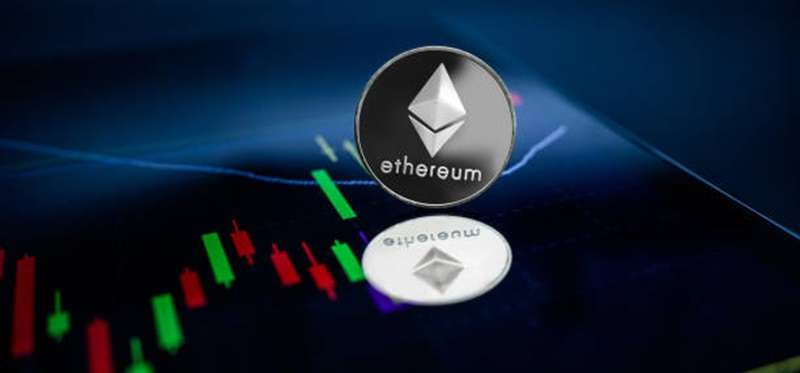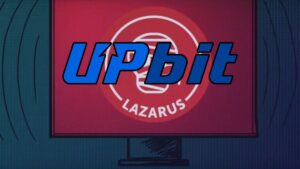TL;DR
- Anatoly Yakovenko (Solana) stated that the belief that L2s inherit Ethereum’s security is “erroneous”.
- He pointed out that L2s depend on complex code and “multisig” (multi-signature) systems that introduce vulnerabilities.
- As the L2 debate grows, Solana (SOL) is attracting institutional interest, being added by Fidelity Digital Assets.
The debate over Ethereum’s scalability and security has intensified after Anatoly Yakovenko, co-founder of Solana, directly challenged the security guarantees of Ethereum’s Layer 2 (L2) networks.
During a public discussion, Yakovenko called the widespread belief that L2 solutions automatically inherit the security of the Ethereum mainnet “erroneous.”
This statement calls into question the fundamental architecture of the dominant scaling strategy in the Ethereum ecosystem, suggesting that users could be exposed to greater Ethereum L2 security risks than is commonly perceived.
Yakovenko explained that many L2s depend on extensive and complex codebases, as well as multisignature (multi-sig) systems that make them vulnerable. According to the Solana founder, these architectures expose user funds to unnecessary risks and create attack surfaces that are too large to be effectively monitored.
He was blunt in comparing the situation, stating that “five years into the L2 roadmap, ETH sent via Wormhole to Solana has the same worst-case risks as ETH on Base (Coinbase’s L2),” suggesting that both face similar security limitations.

Proliferation of L2s vs. Institutional Adoption of Solana
Yakovenko’s criticism comes at a time of massive proliferation of L2 networks. According to data from L2Beat, there are currently more than 129 verified L2 networks on Ethereum, with another 29 pending verification. This explosion of options is not only questioned by figures like Yakovenko, but even analysis from Binance Research has pointed out that these networks are “cannibalizing” Ethereum’s base layer revenue.
Since L2 transactions are cheaper, activity is moving away from the mainnet, reducing the fees that would otherwise go to Ethereum validators (stakers).
While Ethereum debates its scaling model, Solana continues to gain institutional traction. Notably, Fidelity Digital Assets recently added Solana (SOL) to its trading platforms for both retail and institutional clients.
This adoption by financial giants demonstrates growing confidence in Solana’s long-term value as a high-performance alternative, avoiding the noted Ethereum L2 security risks.
Although market data shows divergent sentiment—with large ETH accumulations on one side and strong SOL outflows on the other—Solana’s strategic alliances (with Helius and Anchorage Digital) and its treasury growth reinforce its position in the Layer 1 competition.










